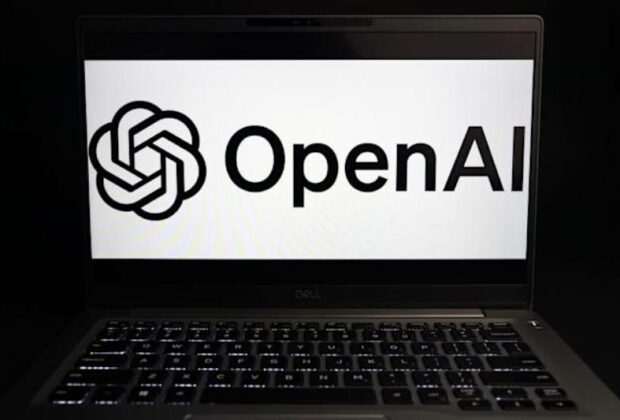Safe Superintelligence (SSI), the ambitious artificial intelligence startup co-founded by former OpenAI chief scientist Ilya Sutskever, has secured $6 billion in fresh funding, propelling its valuation to an impressive $32 billion. This represents a sixfold surge in value compared to its previous funding round, according to a report.
SSI Attracts Major Backers Without a Product Launch
Despite not having a publicly released product, SSI has managed to captivate major investors such as Google and Nvidia. The startup, launched in 2023 by Sutskever alongside Apple AI veteran Daniel Gross and AI researcher Daniel Levy, remains secretive about its development efforts but is reportedly working on “unique ways” to build and scale AI models.
Sources familiar with the matter suggest that even the company’s backers have been kept largely in the dark, a move that has only intensified curiosity surrounding SSI’s approach to safe superintelligence.
A Different Approach from OpenAI
SSI differentiates itself by focusing exclusively on building a safe version of artificial superintelligence, steering clear of commercial pressures. This contrasts with OpenAI’s trajectory, which blends research with real-world product rollouts like ChatGPT.
Sutskever, who was involved in a failed attempt to remove OpenAI CEO Sam Altman in 2023, left the organization shortly thereafter on seemingly amicable terms. His vision for SSI is to climb a new technological “mountain,” hinting at a path distinct from his former projects.
Raising the Stakes in the AI Arms Race
The massive funding round underscores the relentless investor enthusiasm in the AI sector, despite increasing scrutiny around its ethical implications and feasibility. Critics argue that while narrow AI has made significant progress, the leap to safe, human-surpassing intelligence remains elusive and riddled with safety concerns.
Nonetheless, SSI’s valuation spike signals strong confidence in its long-term potential, even as it keeps its strategies under wraps.
Safe Superintelligence’s staggering $32 billion valuation proves that the race to develop superintelligent AI is accelerating, with major tech players like Google and Nvidia betting big on startups with visionary leadership. While the road to safe and general AI remains uncertain, SSI’s rise highlights how investor optimism and bold ideas continue to shape the future of artificial intelligence.
Read Full Article













